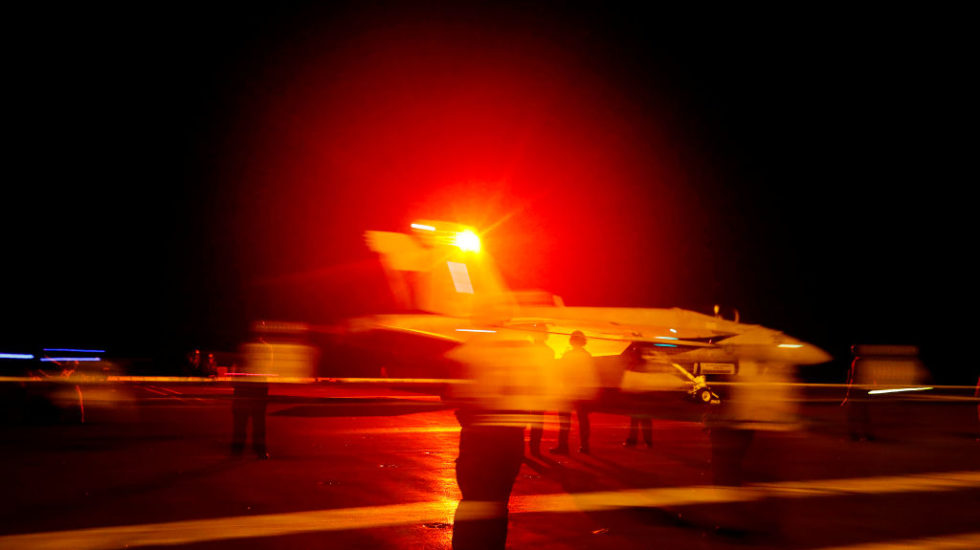Even before Iran issued new threats and began engaging in hostile activity, and before that, with President Trump’s decision to implement a tougher policy toward Iran, the U.S. Navy was stretched thin around the world.
They were placed on alert and were being tested around Korea and the South China Sea, facing a beefed-up Russian presence in the Mediterranean, and supplying support for U.S. ground troops in a variety of places such as Afghanistan, Iraq, Syria, Somalia and others.
The simple fact is: our Navy needs more ships.
Following the Cold War, the U.S. had “no great power competitors to challenge the American primacy in the seas,” The National Interest said recently. So the Navy began to shrink — from nearly 600 ships when the Soviet Union began its collapse in 1989, to 350 in 1998, to 271 in 2015.
At the same time that the U.S. was rapidly decommissioning its warships, Russia and China began modernizing and expanding their own fleets. It’s estimated that China currently has more than 500 naval vessels, although our Navy boasts far more firepower, aircraft carriers and warplanes.
Now, with what has become a hair-trigger situation in Iran, the U.S. Navy is being forced to reinforce and stay on high-alert all around the Persian Gulf and the Strait of Hormuz.
That thins the U.S. Navy’s presence elsewhere. A large and growing area of the Pacific formerly dominated by American naval power is now, as the New York Times put it last year, “once again contested territory, with Chinese warships and aircraft regularly bumping up against those of the United States and its allies.”
The National Interest also notes increased cooperation between the Russian and Chinese navies, which have exercised together since 2012, north and south of the equator, in the South China Sea and the Baltic.
None of which is to say that the Navy can’t handle all of this, but it is to say that you may want to stay aware of the fact that the threats of new wars are real.
It is also to say that you may want to take a moment to think about and give thanks to all those American sailors — officers and crews — who are paying the price; as well as every member of our all-volunteer armed forces at home and abroad.



